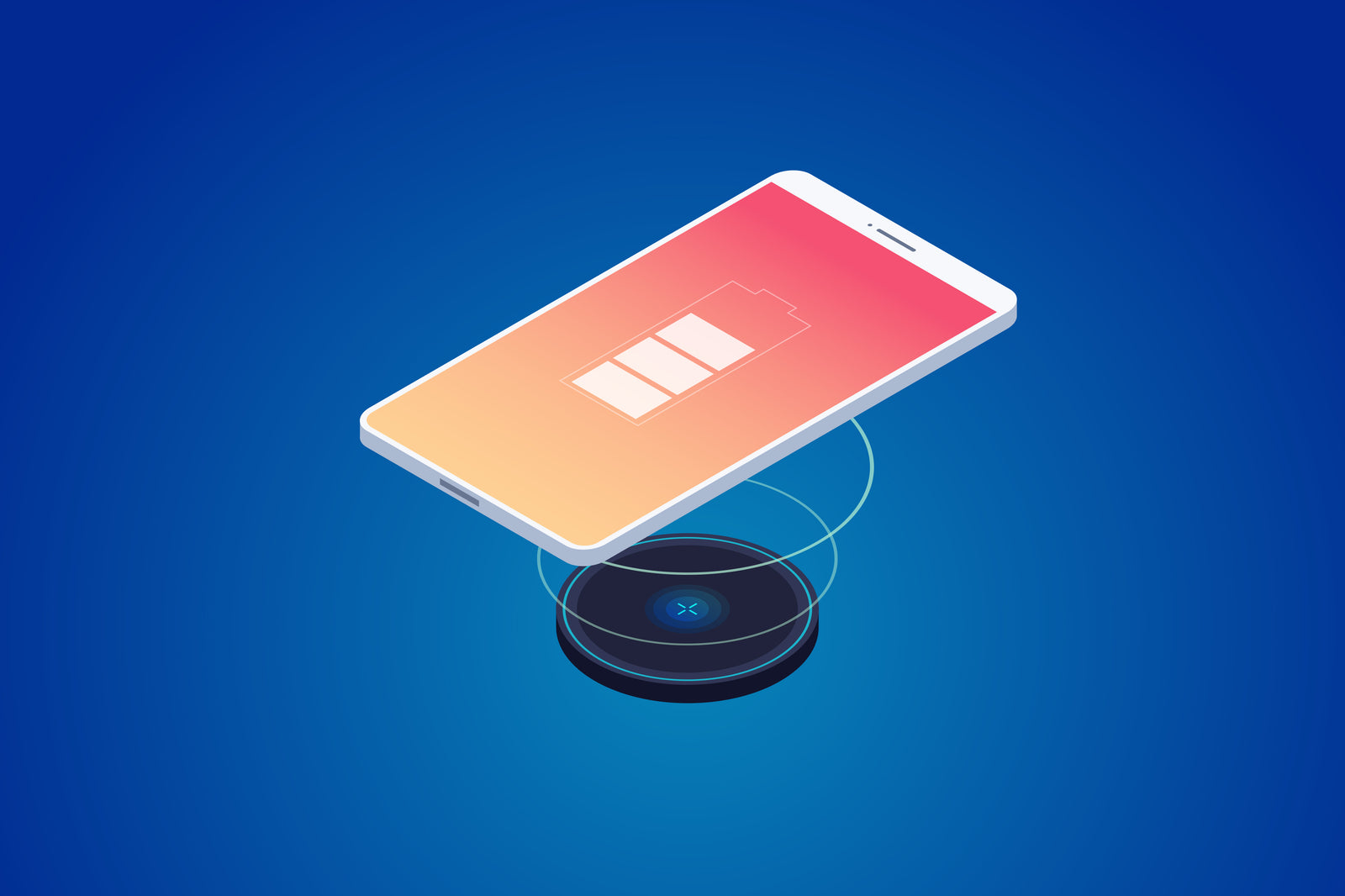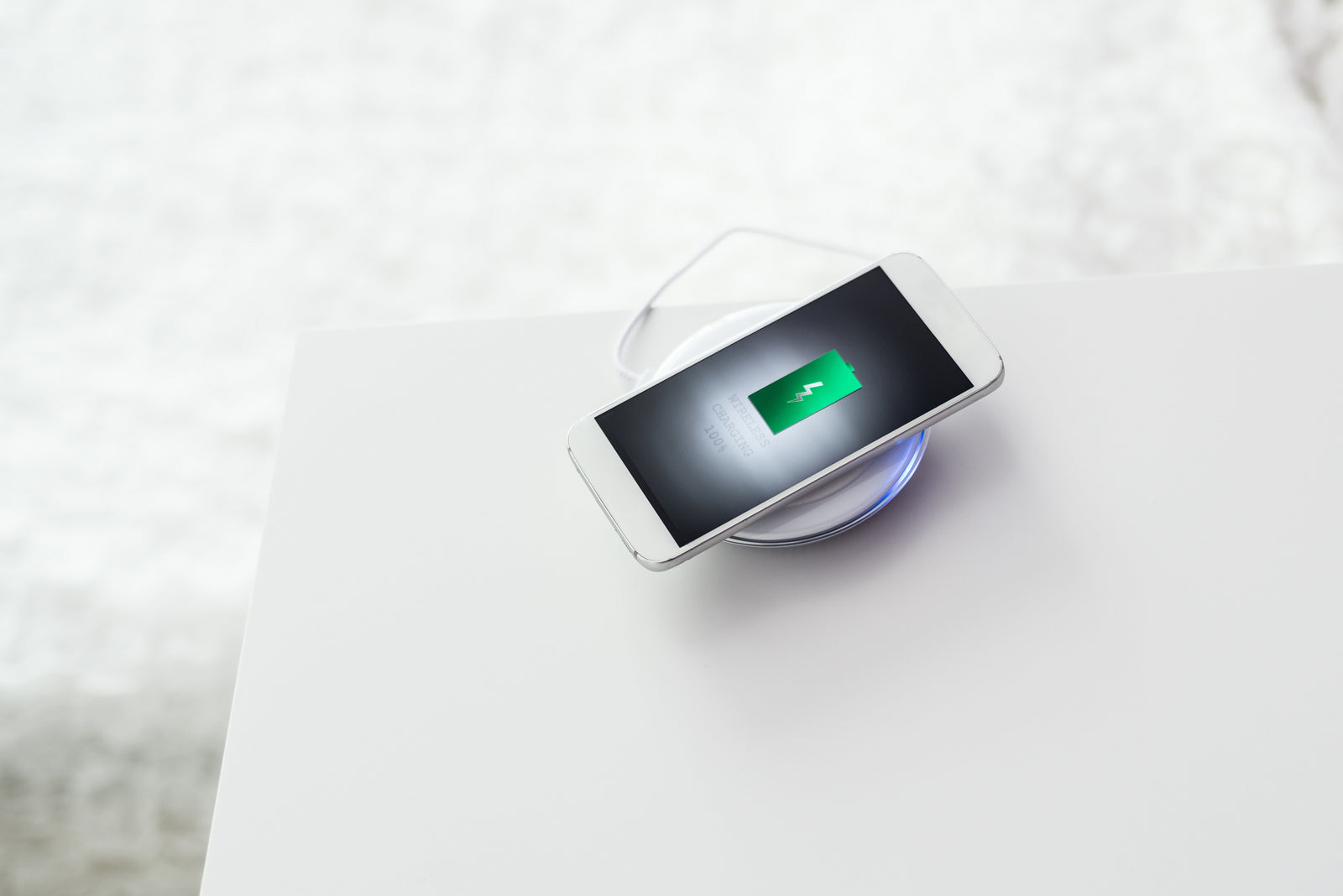
All About Qi
All About Qi
Discover the future of charging with invisible wireless chargers. Explore undermount, under-desk, and concealed charging solutions that promise convenience and aesthetics.
- acquire a desk qi charger
- Can wireless chargers penetrate all surfaces?
- clutter-free wireless chargers
- desk qi charger
- Do powerbanks support wireless charging?
- FAQs about long distance wireless charging
- in-desk wireless charger
- Invest in a portable power bank with wireless charging capabilities
- Investing in a hidden wireless charger
- long distance charging explained
- Qi charger
- reliable wireless charger
- speed and compatibility with wireless charging
- the long distance wireless charger experience
- the pros and cons of wireless chargers
- through desk wireless charger
- through desk wireless charging
- under desk wireless charger
- understanding long distance wireless charging
- universal compatibility in wireless chargers
- using a concealed charger for all your charging needs
- Why invest in a hidden wireless charger
- why invisible wireless charging
- wireless charging and portable power banks
- your average desk Qi charger
- 03 October, 2023
- 2 min read
Discover the latest innovations in wireless charging, from undermount chargers that hide beneath surfaces to long-distance chargers that free you from cords. Explore how invisible wireless chargers are transforming aesthetics while providing a clutter-free experience. Join us on a journey into the future of charging technology.
- acquire a desk qi charger
- Can wireless chargers penetrate all surfaces?
- clutter-free wireless chargers
- desk qi charger
- Do powerbanks support wireless charging?
- FAQs about long distance wireless charging
- in-desk wireless charger
- Invest in a portable power bank with wireless charging capabilities
- Investing in a hidden wireless charger
- long distance charging explained
- Qi charger
- reliable wireless charger
- speed and compatibility with wireless charging
- the long distance wireless charger experience
- the pros and cons of wireless chargers
- through desk wireless charger
- through desk wireless charging
- under desk wireless charger
- understanding long distance wireless charging
- universal compatibility in wireless chargers
- using a concealed charger for all your charging needs
- Why invest in a hidden wireless charger
- why invisible wireless charging
- wireless charging and portable power banks
- your average desk Qi charger
- 02 October, 2023
- 2 min read
Discover the future of charging with long-range wireless chargers. Explore their applications in new home construction, private aviation, offices, and more.
- acquire a desk qi charger
- Can wireless chargers penetrate all surfaces?
- clutter-free wireless chargers
- desk qi charger
- Do powerbanks support wireless charging?
- FAQs about long distance wireless charging
- in-desk wireless charger
- Invest in a portable power bank with wireless charging capabilities
- Investing in a hidden wireless charger
- long distance charging explained
- Qi charger
- reliable wireless charger
- speed and compatibility with wireless charging
- the long distance wireless charger experience
- the pros and cons of wireless chargers
- through desk wireless charger
- through desk wireless charging
- under desk wireless charger
- understanding long distance wireless charging
- universal compatibility in wireless chargers
- using a concealed charger for all your charging needs
- Why invest in a hidden wireless charger
- why invisible wireless charging
- wireless charging and portable power banks
- your average desk Qi charger
- 01 October, 2023
- 1 min read
Discover how invisible wireless chargers can revolutionize your office spaces, boosting efficiency and productivity.
- acquire a desk qi charger
- Can wireless chargers penetrate all surfaces?
- clutter-free wireless chargers
- desk qi charger
- Do powerbanks support wireless charging?
- FAQs about long distance wireless charging
- in-desk wireless charger
- Invest in a portable power bank with wireless charging capabilities
- Investing in a hidden wireless charger
- long distance charging explained
- Qi charger
- reliable wireless charger
- speed and compatibility with wireless charging
- the long distance wireless charger experience
- the pros and cons of wireless chargers
- through desk wireless charger
- through desk wireless charging
- under desk wireless charger
- understanding long distance wireless charging
- universal compatibility in wireless chargers
- using a concealed charger for all your charging needs
- Why invest in a hidden wireless charger
- why invisible wireless charging
- wireless charging and portable power banks
- your average desk Qi charger
- 29 September, 2023
- 1 min read
Discover the incredible world of invisible wireless charging and how it's changing the way we power our devices.
- acquire a desk qi charger
- Can wireless chargers penetrate all surfaces?
- clutter-free wireless chargers
- desk qi charger
- Do powerbanks support wireless charging?
- FAQs about long distance wireless charging
- in-desk wireless charger
- Invest in a portable power bank with wireless charging capabilities
- Investing in a hidden wireless charger
- long distance charging explained
- Qi charger
- reliable wireless charger
- speed and compatibility with wireless charging
- the long distance wireless charger experience
- the pros and cons of wireless chargers
- through desk wireless charger
- through desk wireless charging
- under desk wireless charger
- understanding long distance wireless charging
- universal compatibility in wireless chargers
- using a concealed charger for all your charging needs
- Why invest in a hidden wireless charger
- why invisible wireless charging
- wireless charging and portable power banks
- your average desk Qi charger
- 27 September, 2023
- 1 min read
That said, we can see why restaurant tables with inbuilt wireless chargers may never equal stand-alone charging stations.
As you can imagine, this usually comes at some financial cost, albeit a justified one all things considered.
All things considered, what we currently see in development at this point in time makes us genuinely hopeful and enthusiastic about the future of wireless charging
- FAQs about long distance wireless charging
- reliable wireless charger
- through desk wireless charging
- your average desk Qi charger
- 02 December, 2021
- 4 min read
It’s not that traditional chargers cannot do the job, but they are severely limited by their dependence on wires, ports, and adapters.
Seeing how it would make absolutely no sense whatsoever for chargers to evolve independent of the devices they’re supposed to be charging, you can understand how dependent they are on new designs and technical patterns.
- 06 September, 2021
- 3 min read
It is almost certain that a decent wireless charger will not only turn itself off in the event of an overcharge, but it will also show a bright display of flashing red lights if that is the case.
This isn’t the case with companies like Apple, Samsung, or LG, who have to first and foremost ensure that their chargers are safe to use with their proprietary devices. As you would expect, this reduces the overall effectiveness of their chargers, to the point where it’s probably not even worth buying them unless all your Qi-ready devices are also made by those companies.













